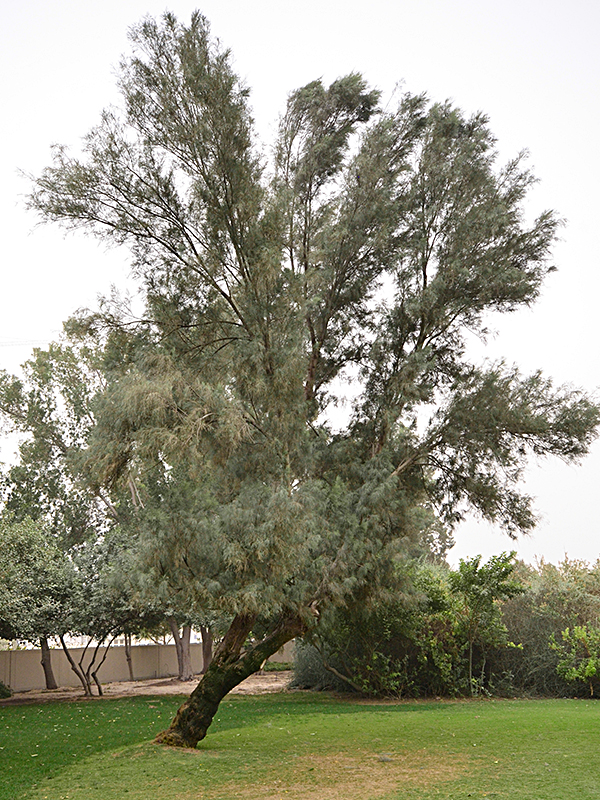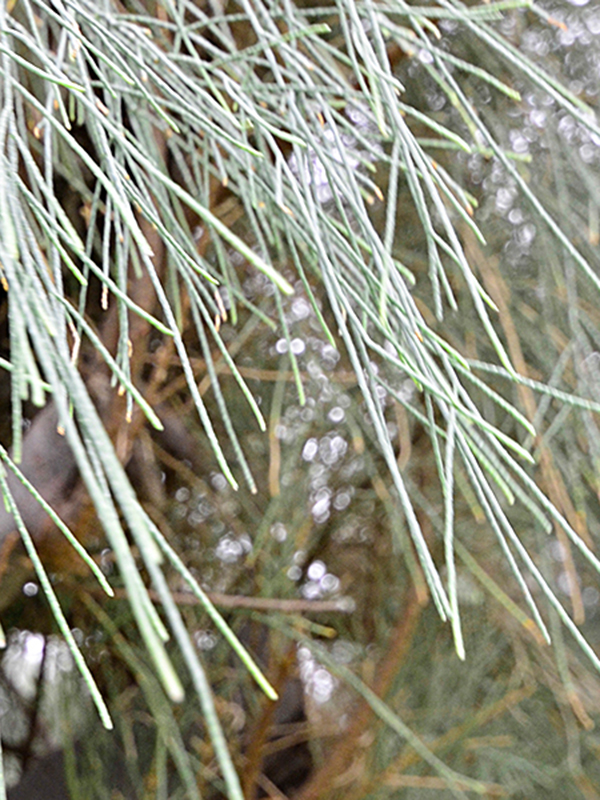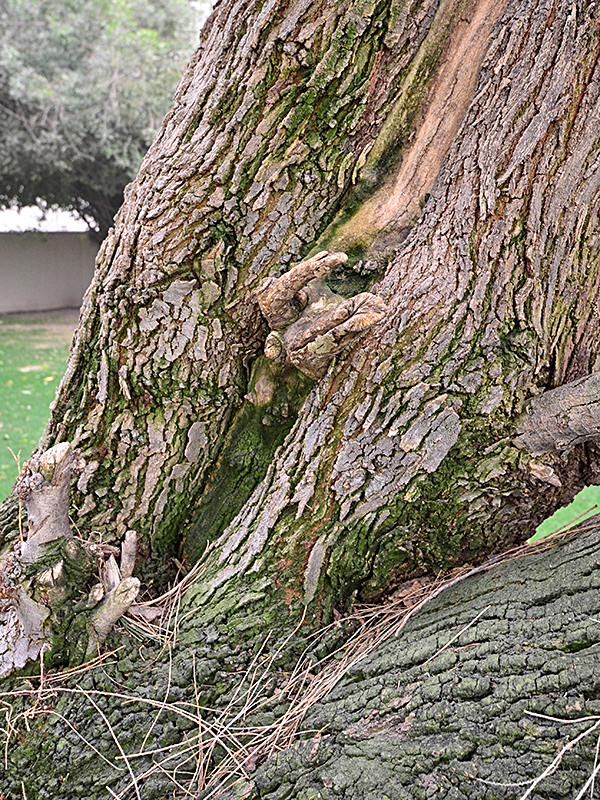
Tropicals, Woody > Tamarix > Tamarix aphylla > Tamarix aphylla
Tamarix aphylla
Athel Tamarisk, Athel Tamarix, Athel, Athel Pine, Athel Tree, Desert Tamarisk, Flowering Cypress, Salt Cedar, Tamarisk, (Urdu and Hindi); Farash, ????, (Punjab); Kooan, ????, (Baluchi); Shakargaaz, Siahgaa
Origin: West Asia to North East Africa including Morocco, Algeria, Libya, Egypt, Ethiopia, Somalia, Sudan, Kenya, Iran, Kuwait, Saudi Arabia, Yemen, Afghanistan, Iraq, Israel, India, Pakistan and Afghanistan.
| Family |
| Tamaricaceae |
| Genus |
| Tamarix |
| Species |
| aphylla |
| Category |
| Tropicals, Woody |
| Type |
| Tree (evergreen), Shrub (evergreen) |
| Synonyms |
| Tamarix articulata, Tamarix orientalis. |
| USDA Hardiness Zone |
| 7-10 |
| Canadian Hardiness Zone |
| 8a-9b |
| RHS Hardiness Zone |
| H2-H5 |
| Height |
| 10-15 m |
Photographs
Description and Growing Information
Flowering Period
| General Description |
| A species that is tolerant of waterlogged and saline soils it thrives under extreme ecological conditions and plays an important part in soil restoration in its native habitat, however out of its natural range it may become a problematic (invasive) species. |
| Landscape |
| Windbreak, seashore plantings, reforestation and land reclamation projects and as a firebreak species since its high salt content make the wood difficult to burn. |
| Cultivation |
| Plant in full sun as it is intolerant of shade, tolerant of a wide variety of soil conditions including maritime exposure. It is considered an invasive (weed) species in south, west and the Northern Territories of Australia |
| Growth |
| Fast |
| Habitat |
| A dominant species of the tropical thorn forests often in wadis in hot deserts and in salty and non-salty environments. |
| Bark/Stem Description |
| The tree is often multi-stemmed, the bark being rough and deeply furrowed and dark grey or greyish-brown in colour. The young stems are smooth, jointed, and have a bluish-green or greyish-green appearance to them. |
| Leaf Description |
| Leaves are small, 1-2 mm, arranged alternately along the branch and can exude salt, often at times giving the plant a grey or dull character. |
| Flower Description |
| Individual flowers are hermaphrodite, stalkless, 2 mm long, pale pink to white with 3-6 cm long clusters borne on branch tips and pollinated by insects. |
| Fruit Description |
| The fruit is a small bell-shaped capsule, 2-3 mm long and contains many very small seeds that are topped with a tuft of tiny hairs. |
| Propagation |
| Easily by seed sown in flats or a coldframe. Semi-hardwood cuttings in July or August which root quite freely. After one years growth seedling can reach a heights of up to 1 m, with plants under ideal conditions growing from 2-5 m year. |
| Ethnobotanical Uses (Disclaimer) |
| Bark and insect induced galls are used for dyeing and tanning. Additionally the plant has many medicinal uses primarily in the treatment of skin diseases. Branches are harvested and are pliable enough to be used in basketry. A sweet substance formed on the branches can be used to flavour porridge or made into a drink. |


